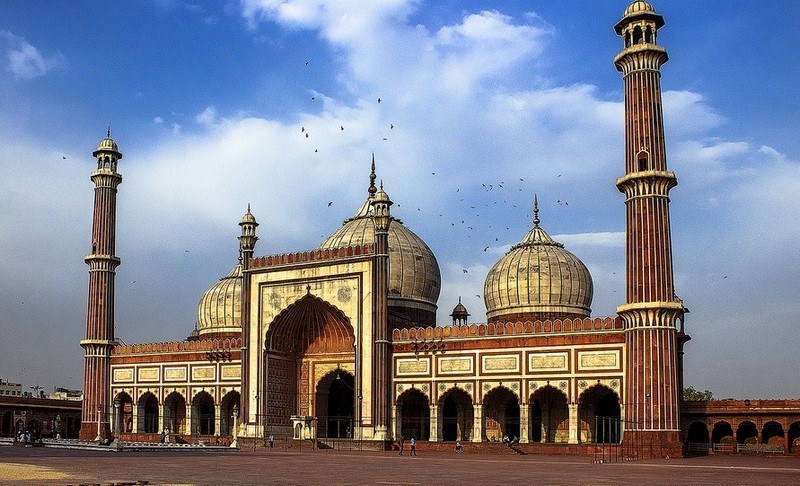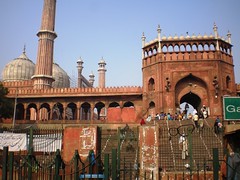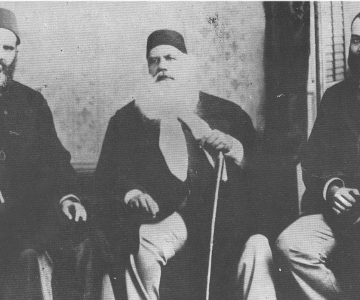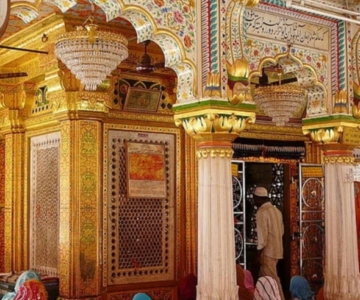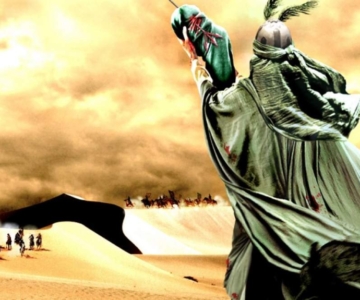By Sadia Dehlvi
Jama Masjid, the last significant and glorious monuments of the Mughal period now faces a threat of extinction in the garb of development. If the Delhi government has its way, glitzy swanky malls underground malls will be constructed just fifteen metres from the steps of the monument. The proposed plan shows disregard and insensitivity to history and the culture of the people living in the area.
To create the four layered basement the ground will have to be dug at least eighty feet which will causes severe stress to buildings within five hundred meters. In the year 2005 there was a high court order in favour of beautifying the area around the Jama Masjid with open green spaces for community interaction. The MCD had commissioned such a plan which was presented and approved by the court. Instead of this well integrated plan we suddenly hear the horror story of a new MCD plan converting the area into a commercial mall venture.
As a rule, the archeological survey of India does not permit any construction within a hundred metres of a protected monument. The Jama Masjid is a functioning mosque and is therefore not officially protected by the ASI as it belongs to the Muslim community. The Waqf Board is the custodian of the mosque as pronounced by the Delhi High court. However, does that mean we should strip it off from a heritage status and allow the builders and adventures of the state to threaten its survival? If the Masjid collapses, so will India’s secular legacy as represented by the adjoining mausoleum of Maulana Azad and the tomb of the Sufis Sarmad Shaheed, who challenged the orthodoxy of Aurangzeb resulting in his execution on the steps of the Jama Masjid.
Recent years have witnessed both state and central governments become active partners with the builder lobby in the hunt for prime real estate. In the shroud of development they remain insensitive to concerns of environment, heritage and the displacement of the poor. The Delhi government has been pushing for the construction of the Commonwealth games village on the last embankment left of the Yamuna river against the recommendations of reputed environmentalists. The proposed plan violates the right of the river to exist and threatens the city of Delhi and its residents in more ways than one. As concerned groups battle the state and its subsidiary bodies in the courts of law, builders have already begun to advertise these luxurious flats at phenomenal prices.
Thankfully, public outrage forced the government to abandon the underground tunnel which was to connect the proposed site of the Games village with South Delhi. The tunnel was to run through the historic Sunder nursery, Khusrau park and posed a serious threat to the pollution and foundations of Humayuns tomb, the adjacent monument. Now an equally ill conceived plan of a fly over running past Abdur Rahim Khan e Khanan’s tomb is in place. The connectivity will have the price of these flats soaring in the skies. Most developed countries stopped making expressways leading to the city about twenty five years ago. Hosting the commonwealth games is a wonderful idea but designated areas should be identified where sports villages can be built outside of cities already densely populated.
The New Master plan of Delhi has proposed commercial activity up to five hundred metres along both sides of the Metro. The estimated land worth of the three hundred km stretches are estimated at 750 billion U. S Dollars which actually equals the annual GNP of India. The high stakes involved in land deals can be judged by the fact that the MCD and the Delhi Metro Rail Corporation are in a legal tussle as to who is to be the prime developer. While the state and the builders are all set to get richer, the residents will have to grapple with problems of health, congestion and shortage of everyday civic amenities.
Jawahar Lal Nehru wanted to preserve the sanctity of the Jama Masjid area as it remains an important historic site where the blood of freedom fighters was shed in plenty.
The vision of India Shining through the Mall mania has conveniently buried the visions of our founding fathers but hopefully some of their pleas are still heard. The vicinity of the mosque is the last area of the city which is representative of the dying culture of the Dilliwalas, the original residents of the city. Can the state please leave the piety of the area alone as the soul must take precedence over real estate value.
This piece was first published by the Hindustan Times.
